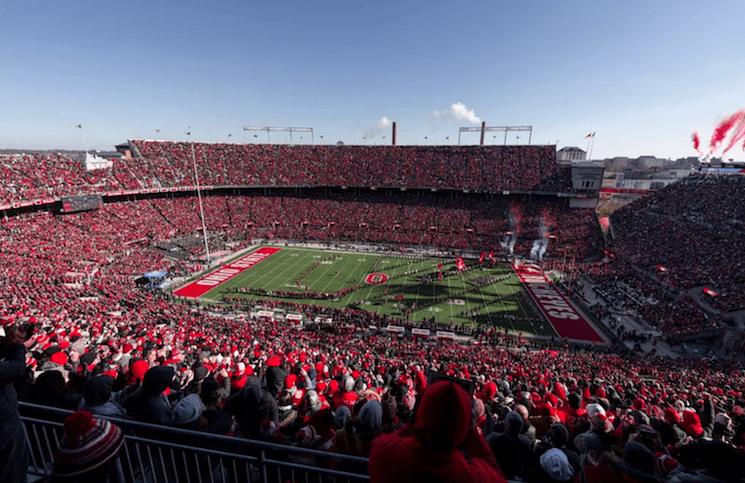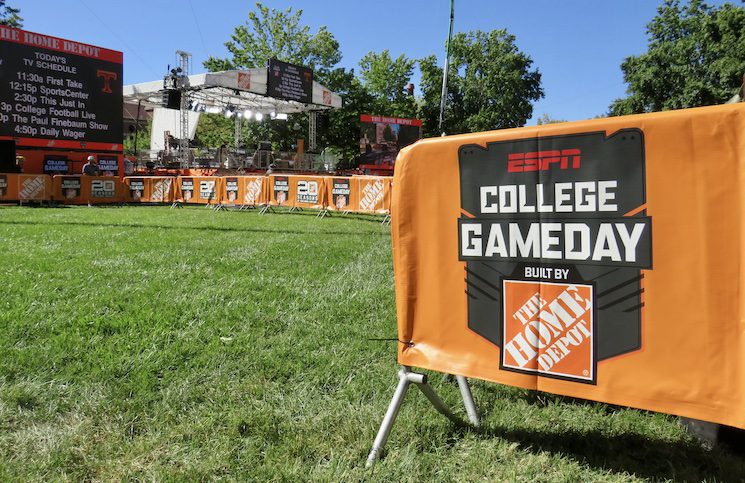When looking back at the 2015 Tennessee Volunteers football season, there are obvious shortcomings to point to that happened on the field that led to Tennessee’s multiple late game collapses. Not being aggressive enough on offense, calling questionable defensive alignments on fourth down, or not playing to the strengths of the team all hurt the Vols in 2015 and held them back from having a truly special season.
But gut feelings and opinions are one thing. What do the stats say were Tennessee’s biggest transgressions in 2015?
One area the Vols were extremely exceptional in was on third down, both on offense and defense. The Vols had the second-best third down defense in the entire country last season, allowing teams to convert on just 27.6 percent of third down attempts. And Tennessee’s offense was 21st in the nation in converting third downs, moving the chains on third down 45.97 percent of the time.
On fourth down, however, the Vols often floundered. And it was there that teams were able to beat Tennessee, most memorably the Florida Gators on a fourth and 14 in the fourth quarter in The Swamp.
The Vols allowed teams to convert 18 of their 24 fourth down attempts against them, which gave opponents a 75 percent conversion rate on fourth down against Tennessee. Only three other FBS schools had worse fourth down defenses than Tennessee last season, meaning the Vols were the 125th fourth down defense among 128 FBS teams.
Tennessee may have had elite third down defense, but they were literally the polar opposite on fourth down in 2015.
Switching from defense to offense, the Vols were extremely inefficient in the red zone last season. Tennessee scored 83.3 percent of the time in the red zone, and that scoring rate tied them at No. 71 in the country. But of their 55 red zone scores on offense, only 39 of those were touchdowns. That means only 59.09 percent of their red zone scores were actual touchdowns, which was the 73rd overall red zone touchdown rate in the NCAA last year.
The Vols also failed to find plays downfield or rip off significantly long runs on offense.
When it came to generating plays of 10 yards or more, the Vols were above average last season. Tennessee’s 196 offensive plays of 10 yards or greater tied them for 42nd in the country in that category. But the Vols only had 63 plays that went for 20 or more yards, which was tied for No. 53 in that specific category. And then the truly big “splash plays,” the offensive plays of 30 or more yards, were even harder to come by for the Vols. Tennessee had just 24 plays of 30 yards or more, placing them 82nd in the country for number of plays of that type.
And when it came to allowing big plays to opposing offenses, the Vols didn’t exactly have the stingiest defense.
Tennessee allowed 50 plays of 20 or more yards on defense in 2015, placing them 7th in the SEC. That’s mediocre, and that can be masked as long as bigger plays weren’t allowed. Unfortunately, the Vols let teams rip off 23 plays longer than 30 yards, which tied them 9th in the conference with Mississippi State. And their 13 plays of 40 or more yards allowed tied them for dead last in the conference.
There were several areas the Vols were devastatingly bad in last season. Other teams were bad at one or a couple of these, such as Alabama. The Crimson Tide had the 82nd-ranked overall red zone offense for example. But Alabama held opponents to just a 35 percent conversion rate on fourth down and didn’t allow as many big plays on defense as the Vols.
No other team had the type of universal success the Vols had on third down in 2015. But the fact that the Vols were abysmal on fourth down on defense coupled with their other shortcomings created a unique storm that saw Tennessee lose four games by a combined 17 points.
The Vols appear poised for truly special season in 2016. But in order for any of the hopes and dreams of this upcoming season to come true, the Vols must improve upon these numbers, especially on fourth down defense and red zone efficiency.
And if they don’t, 2016 could turn into a repeat performance of 2015.




